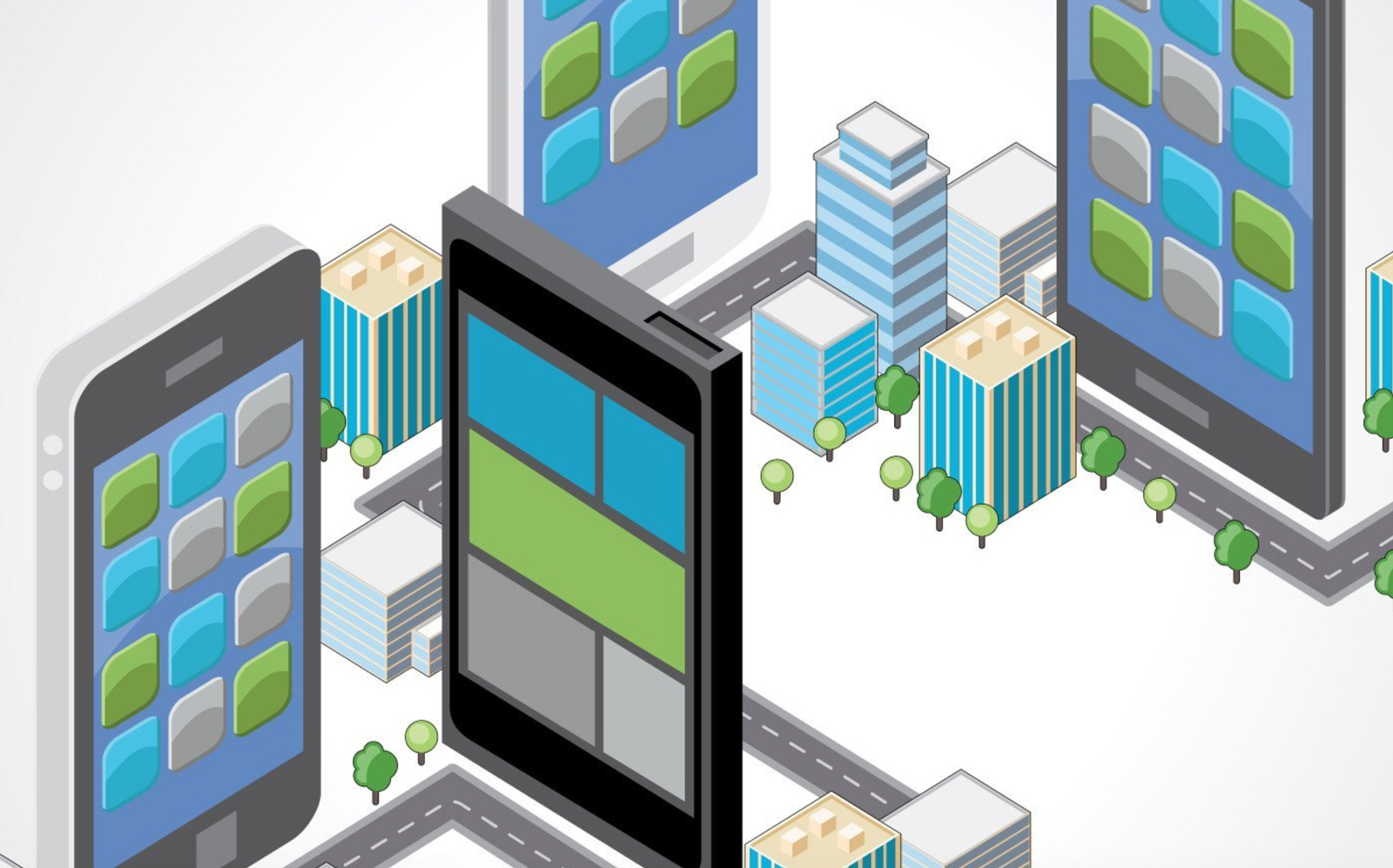 COVID-19 Panic Highlights the Importance of Tenant Communication
COVID-19 Panic Highlights the Importance of Tenant Communication
Trending
How Covid-19 is burning the fat off the tenant experience proposition

Since their first arrival on the scene, tenant experience platforms have had many functions, but their most exciting feature was generally touted as their ability to unlock new levels of productivity, community and occupier satisfaction. Making connections within the building, organizing yoga classes held on the rooftop deck, and connecting building occupants with on-demand services defined the tenant experience app of yesterday. Lately, though, Covid-19 has forced managers to reconsider what their tenant experience programs are really all about.
Read more
 COVID-19 Panic Highlights the Importance of Tenant Communication
COVID-19 Panic Highlights the Importance of Tenant Communication
 The democratic promise of the internet is finally coming to building management
The democratic promise of the internet is finally coming to building management
 Your Building is Struggling Under Social Distancing, Too
Your Building is Struggling Under Social Distancing, Too
Our real estate landscape has been totally redefined by this invisible danger that imperils gatherings of people and has put things that were previously afterthoughts, like office cleaning regimens, into the forefront of the occupier mind. Consequently, the outbreak has turned tenant experience features that once seemed like luxuries into important components of a property’s coronavirus response strategy. Take app-based bulletin boards, for instance. Where once occupiers would need to wait for a mass email from a property manager for important updates, or else actually physically venture to the bulletin board, managers can now push updates to their occupiers easily through an app. This saves everyone time but now it has the added benefit of reducing gathering areas in the office, a point in favor of social distancing.
On the other hand, some of those features that once seemed like must-haves have been rendered obsolete. Support for big events located within the building is no longer very helpful. And functionality related to specific spaces within the building, like fitness programming, is less relevant as well. In many ways, the aspirational uses that many tenant experience platforms were likely chosen for, like visions of fully activated amenity spaces and vibrant onsite communities, have given way to simpler concerns. Things like safety, access control, and cleaning are becoming more important for an office product that is now competing with a home office for many organizations.
It is here, in this niche of core services like access control, room reservations and tenant communications, that tenant experience platforms are going from a “nice-to-have” to a necessity. As we discussed in our in-depth research report on these tools, giving occupiers the opportunity to safely reserve a breakout space that is large enough to social distance is all of the sudden critical functionality whether your space is a suburban office park or downtown Class A mixed-use new construction. During the outbreak the value of communication has also come to stand front and center as we all locked down in our homes waiting for news about the advance of the disease. When it comes to sharing important information on something like building closures, cleaning updates, or social distancing policies, it isn’t enough that some occupiers hear the news, they all need to hear it. So building managers need to find ways to communicate through every channel possible.
Once again, here is an opportunity for tenant experience platforms to shine based on the core of what they offer, not the promise of luxurious aspirational features. A persistent communication channel that stretches between desktop and mobile, in the office and out, morning, evening, and night has many benefits over things like the office bulletin board or mass emails that instantaneously get filtered out by the spam-weary eyes of the modern worker.
As Randall McKillop, executive vice president with Toolbox Group, the makers of the retail-focus experience app Mallcomm, said in an interview for a Propmodo article published at the beginning of the outbreak, “You need to be able to reach your customers and stakeholders, many of whom may be working from home in different geographical areas or are not traditionally desk-based, in real-time and utilize an omnichannel approach.” This is where “Tenant Experience 2.0,” if you will, may grow to become more and more entrenched. Frictionless working has always been a compelling selling point for tenant experience tools, but nowadays it could also be a lifesaver.
The story of tenant experience is still being written. The blurring of the line between home and work is taking our professional lives in strange and intriguing new directions, and the tools will certainly follow. We have all accepted the usefulness of these apps, so adoption is easier now than ever. But the value proposition of them has changed. No longer is the conversation focused around workplace events and ancillary services. Tenant experience apps are now proving their worth with some of their basic functionality like improved building management and tenant communication. The community building features of tenant engagement apps will still likely be important but has taken a back seat in these uncertain, socially distant times. [Propmodo]




